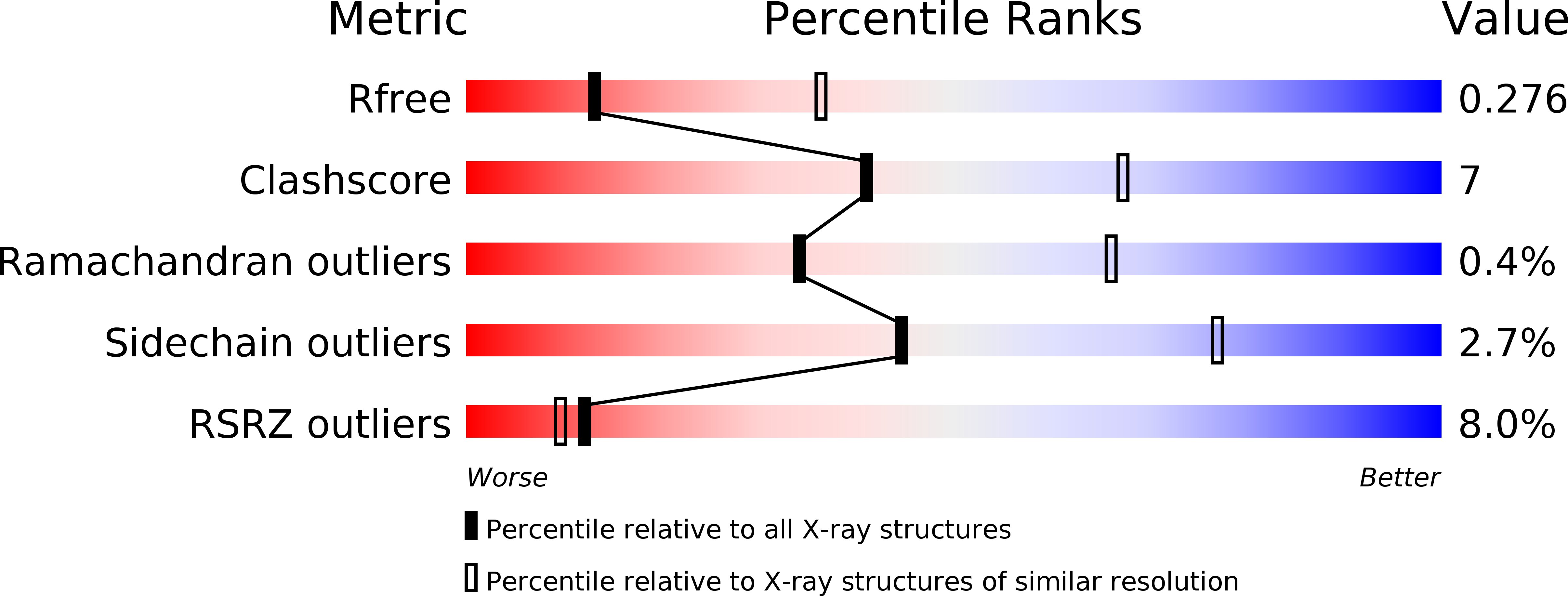
Deposition Date
2012-07-25
Release Date
2012-09-05
Last Version Date
2024-02-28
Entry Detail
PDB ID:
4GAP
Keywords:
Title:
Structure of the Ndi1 protein from Saccharomyces cerevisiae in complex with NAD+
Biological Source:
Source Organism:
Saccharomyces cerevisiae (Taxon ID: 559292)
Host Organism:
Method Details:
Experimental Method:
Resolution:
2.90 Å
R-Value Free:
0.27
R-Value Work:
0.23
R-Value Observed:
0.23
Space Group:
P 21 21 21


